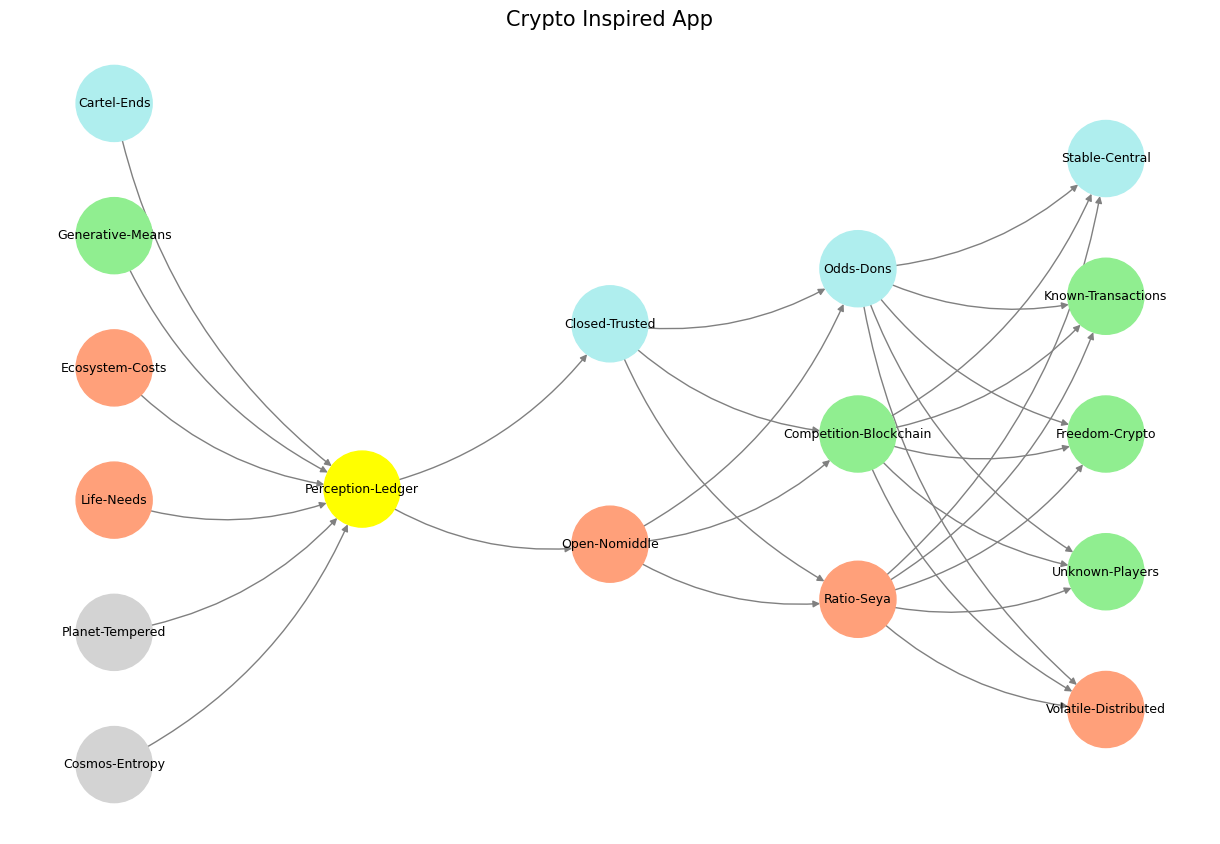System#
Neural networks fundamentally revolve around the concept of information flow, where data moves through layers in a structured manner, often mirroring the dynamics of decision-making or knowledge acquisition. Each layer processes and transforms input data, passing the refined outputs downstream to subsequent layers. Feedback mechanisms like backpropagation play a pivotal role in this architecture, enabling the network to adjust weights and optimize performance based on errors detected at the output. This flow of information, akin to a circulatory system, ensures that every part of the network contributes to a unified and adaptive understanding. Interestingly, cryptocurrency shares a conceptual similarity in its handling of information, though its specificity lies in maintaining secure, transparent, and decentralized records. Blockchain technology underpins cryptocurrency, ensuring that each transaction is verified and linked to the next in an immutable chain. This structured flow and feedback within both systems underscore their robustness and adaptability, particularly in domains reliant on trust and precision.
As the world becomes increasingly digitized, the relevance of these models grows exponentially. Academic medicine exemplifies this transformation. Traditional collaborations confined to physical institutions or geographic boundaries have given way to global networks, where researchers from different continents collaborate on complex projects. Data-coordinating centers serve as hubs, managing information flow across disparate nodes of expertise. This interconnected structure mirrors the decentralized yet synchronized nature of blockchain technology. Insights gleaned from cryptocurrency’s distributed ledger system are remarkably apt for designing apps that cater to modern medicine’s needs. An app that combines these principles could act as a conduit for global medical collaboration, integrating patient data, predictive modeling, and decision-making tools into a seamless, trust-driven ecosystem.
In this envisioned app, users interact with a network that not only processes their queries but also offers tokens of access to more sophisticated datasets or computational resources. These tokens, underpinned by blockchain principles, ensure that data integrity and ethical oversight remain central. For instance, researchers could use tokens to run scripts on datasets guarded by IRB-compliant custodians or access APIs for real-time analysis. Such an app would embody the best aspects of neural networks and blockchain: efficient information flow, feedback-driven adaptability, and secure, decentralized collaboration. By adopting these paradigms, we can transform the landscape of academic medicine, creating tools that not only reflect but also elevate the way we engage with information and each other.
Show code cell source
import numpy as np
import matplotlib.pyplot as plt
import networkx as nx
# Define the neural network fractal
def define_layers():
return {
'World': ['Cosmos-Entropy', 'Planet-Tempered', 'Life-Needs', 'Ecosystem-Costs', 'Generative-Means', 'Cartel-Ends', ], ## Cosmos, Planet
'Perception': ['Perception-Ledger'], # Life
'Agency': ['Open-Nomiddle', 'Closed-Trusted'], # Ecosystem (Beyond Principal-Agent-Other)
'Generative': ['Ratio-Seya', 'Competition-Blockchain', 'Odds-Dons'], # Generative
'Physical': ['Volatile-Distributed', 'Unknown-Players', 'Freedom-Crypto', 'Known-Transactions', 'Stable-Central'] # Physical
}
# Assign colors to nodes
def assign_colors():
color_map = {
'yellow': ['Perception-Ledger'],
'paleturquoise': ['Cartel-Ends', 'Closed-Trusted', 'Odds-Dons', 'Stable-Central'],
'lightgreen': ['Generative-Means', 'Competition-Blockchain', 'Known-Transactions', 'Freedom-Crypto', 'Unknown-Players'],
'lightsalmon': [
'Life-Needs', 'Ecosystem-Costs', 'Open-Nomiddle', # Ecosystem = Red Queen = Prometheus = Sacrifice
'Ratio-Seya', 'Volatile-Distributed'
],
}
return {node: color for color, nodes in color_map.items() for node in nodes}
# Calculate positions for nodes
def calculate_positions(layer, x_offset):
y_positions = np.linspace(-len(layer) / 2, len(layer) / 2, len(layer))
return [(x_offset, y) for y in y_positions]
# Create and visualize the neural network graph
def visualize_nn():
layers = define_layers()
colors = assign_colors()
G = nx.DiGraph()
pos = {}
node_colors = []
# Add nodes and assign positions
for i, (layer_name, nodes) in enumerate(layers.items()):
positions = calculate_positions(nodes, x_offset=i * 2)
for node, position in zip(nodes, positions):
G.add_node(node, layer=layer_name)
pos[node] = position
node_colors.append(colors.get(node, 'lightgray')) # Default color fallback
# Add edges (automated for consecutive layers)
layer_names = list(layers.keys())
for i in range(len(layer_names) - 1):
source_layer, target_layer = layer_names[i], layer_names[i + 1]
for source in layers[source_layer]:
for target in layers[target_layer]:
G.add_edge(source, target)
# Draw the graph
plt.figure(figsize=(12, 8))
nx.draw(
G, pos, with_labels=True, node_color=node_colors, edge_color='gray',
node_size=3000, font_size=9, connectionstyle="arc3,rad=0.2"
)
plt.title("Crypto Inspired App", fontsize=15)
plt.show()
# Run the visualization
visualize_nn()


Fig. 21 Psilocybin is itself biologically inactive but is quickly converted by the body to psilocin, which has mind-altering effects similar, in some aspects, to those of other classical psychedelics. Effects include euphoria, hallucinations, changes in perception, a distorted sense of time, and perceived spiritual experiences. It can also cause adverse reactions such as nausea and panic attacks. In Nahuatl, the language of the Aztecs, the mushrooms were called teonanácatl—literally “divine mushroom.” Source: Wikipedia#

